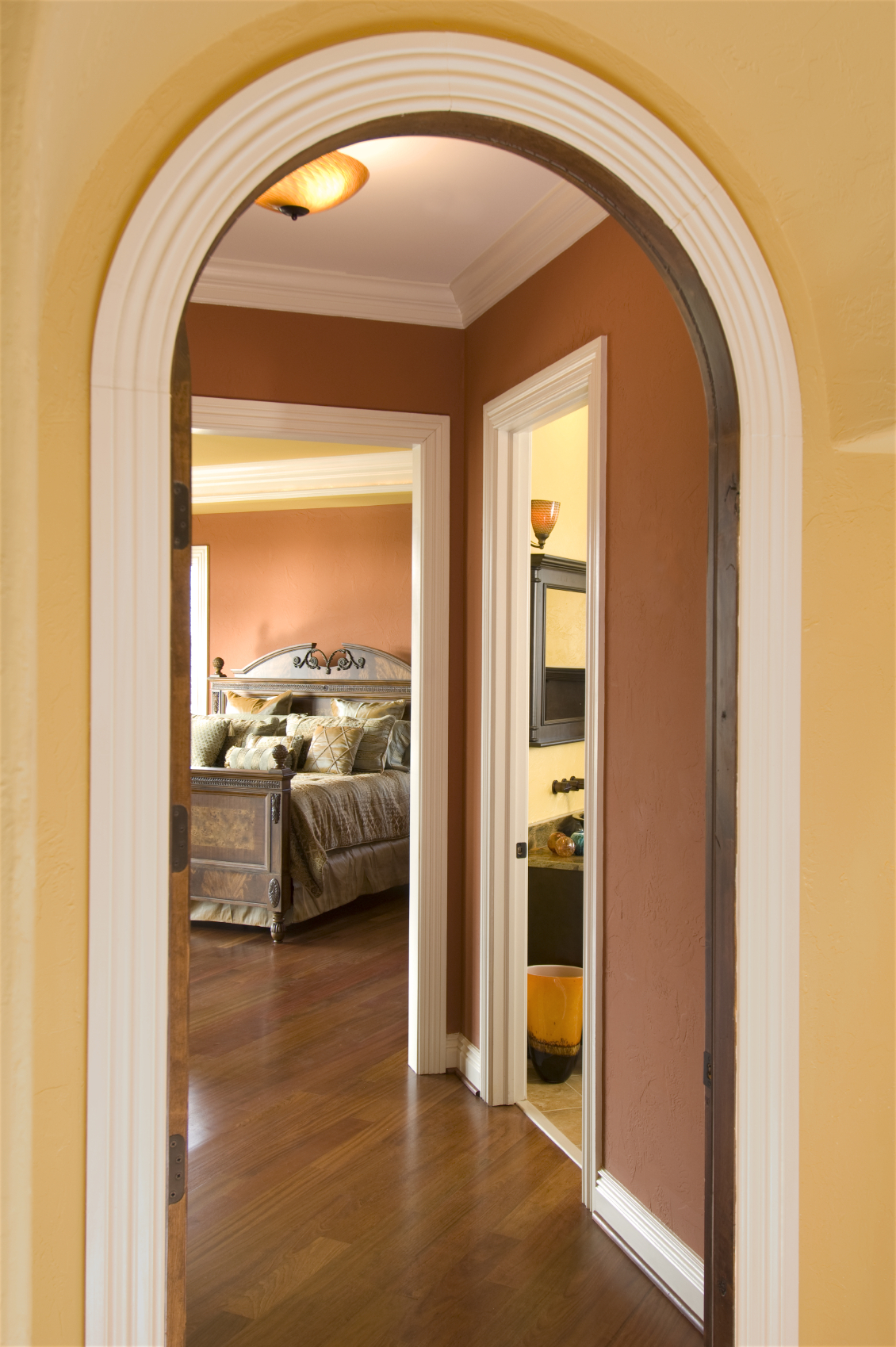
To stain or paint? Anyone who has built a new home or even redecorated, knows that this is a mind-boggling question that comes to mind the second moldings are considered.
In new construction, the choice needs to happen sooner rather than later. There is paint grade wood and stain grade wood. Stain grade can be painted but paint grade does not lend itself to staining. If the decision is made early in the process, the unnecessary expense of a finer wood can be avoided.
First off, what is the mood of the home? Is the goal a rich, masculine sort of feel? If so, stain is probably the direction. If the home is lighter and airier, paint is almost always the preferred choice.
Once the decision is made, the universe of choices is far more manageable.
If stain is the direction, do not under any set of circumstances, rely on a color chip. Each and every wood species will take the color and make it unique. It has to be tested on the same type of wood as your trim or an unpleasant surprise might be in your future.
To select the right shade of stain, consider the hardwood floors. While it is not the goal to match the floors, there should be a cohesive blend. I like taking it a step or two lighter than the flooring.
The wood furnishings should be considered but, once again, not matched. Blending and flow are key to a multi-layered room. Matching creates a flat, uninteresting visual effect.
Painting offers a world of options. Creamy white is the fall back but it is far from the only choice.
A builder will most likely want to continue the same color of trim throughout the house. That being said, know that you can mix it up.
Stain can be mixed with paint and colors can be mixed in the same home.
I had a job several years ago that featured a large atrium door in the foyer. There was little opportunity for interest in the space other than art so I had the door frame and grids painted black while the rest of the molding remained white. This small change made the door demand some attention and it created architectural interest.
Another job called for a more couture approach to the molding in the space. In that case, I took a lighter shade of the wall color to create richness. In this case, the wall was a dark mink color and the molding was two steps lighter on the color chart.
If you consider using painted trim in one part of the home and stained in another, the key to success is the transition. In some cases, a door may be painted on one side and stained on another. Once again, this requires early planning.



